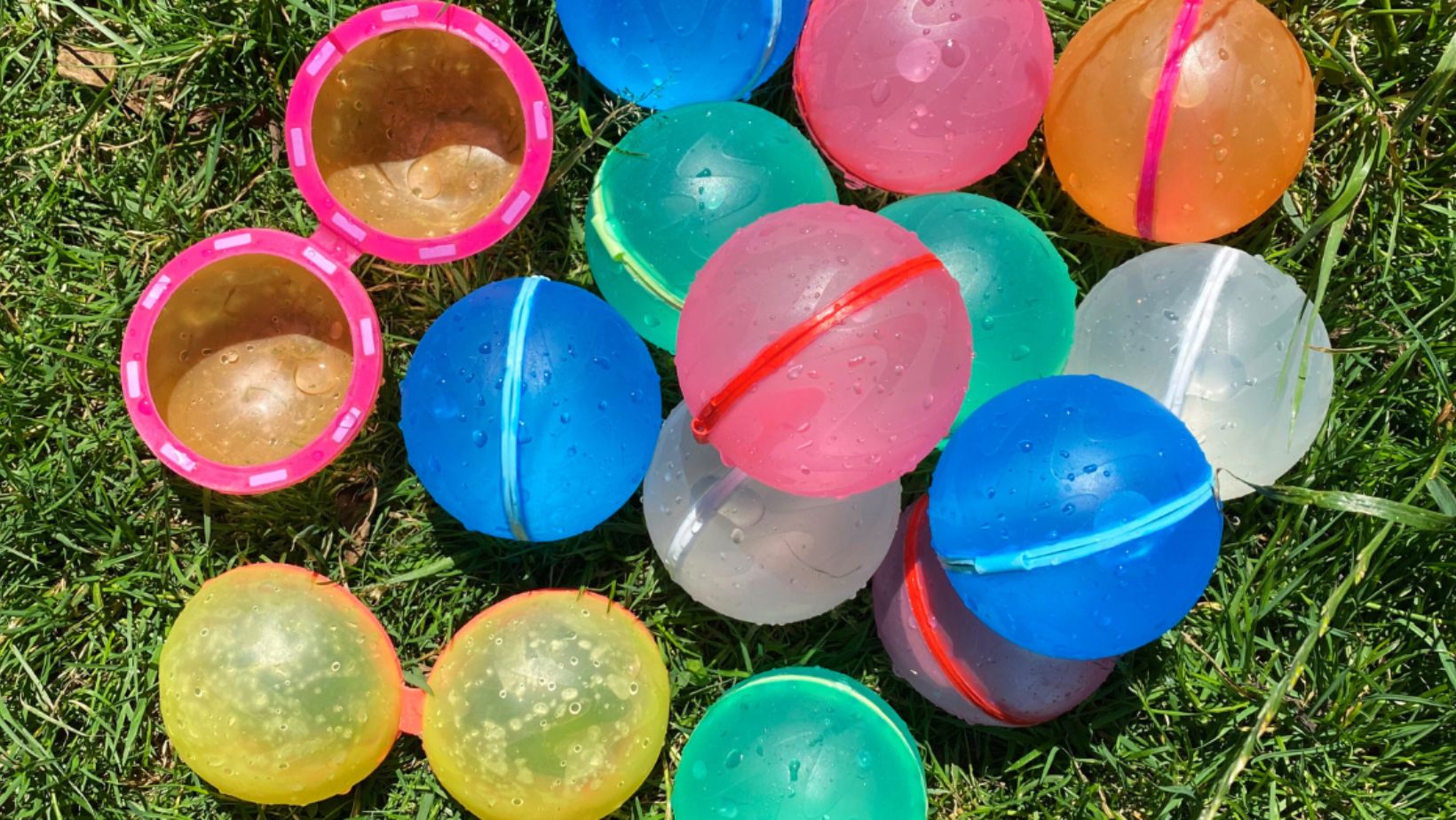Water balloon fights are a time-honored tradition, but the laborious process of filling and tying individual balloons has long been a wet blanket on the fun. The advent of self-sealing reusable water balloons has revolutionized this classic pastime, providing a solution to the age-old water balloon predicament.
Very few of us might pay heed to the way a self sealing reusable water balloons works. This marvelous creation has really upgraded your favorite summer activity with an impressive mechanism. If you're one of them, stay with us till the end. In this article, we will dissect the ingenious mechanism that not only makes these balloons convenient but also environmentally friendly.
Understanding the Self-Sealing Mechanism of Reusable Water Balloons
Below is a detailed explanation of the entire logic behind self-sealing reusable water balloons.
Material Selection
The journey of self-sealing reusable water balloons begins with their material composition. Material’s elasticity is the hero that must be hailed for it’s extraordinary stretch and durability. Made from robust and elastic materials like TPU (Thermoplastic Polyurethane) or similar polymers, these balloons are the epitome of durability. The sturdy material enables them to endure repeated use without compromising performance.
Strategic Valve Placement
The core of their functionality lies in a specialized valve mechanism strategically positioned at the balloon's opening. This valve serves a dual purpose: allowing water to enter and exit while maintaining an airtight seal. The placement of the valve is crucial to the seamless operation of the self-sealing mechanism.
Pressure-Activated Opening
As the balloon is filled with water, the valve opens to permit water inflow. The pressure from the water keeps the valve in an open position and ensures a continuous fill. This mechanism streamlines the process, allowing users to fill the balloon swiftly without the need for manual intervention.
Automatic Closure
Once the desired water volume is reached, the user removes the balloon from the water source. Here comes the magic – the elasticity of the material, coupled with the valve mechanism, facilitates automatic closure. The change in pressure triggers the valve to seal the balloon without any manual tying or knotting, marking a significant departure from traditional water balloons.
The Environmental Angle
Single-Use vs. Reusable
The self-sealing reusable variety champions sustainability, unlike traditional water balloons that contribute to environmental waste as single-use items. The elimination of the need for constant disposal and the associated environmental impact positions these balloons as a more eco-conscious choice.
Reduced Plastic Footprint
The durability and reusability of the self-sealing mechanism translate into a considerable reduction in plastic waste. By investing in a product designed for multiple uses, users actively participate in mitigating the environmental repercussions associated with disposable plastics.
Conclusion
The self-sealing reusable water balloon, with its clever valve mechanism, represents a marvel in both engineering and environmental consciousness. This innovative solution not only simplifies the water balloon-filling process but also addresses the ecological concerns tied to disposable plastics. So, let's appreciate the intricate yet efficient self-sealing mechanism that has elevated this classic outdoor activity to new heights, making it both user-friendly and planet-friendly.


